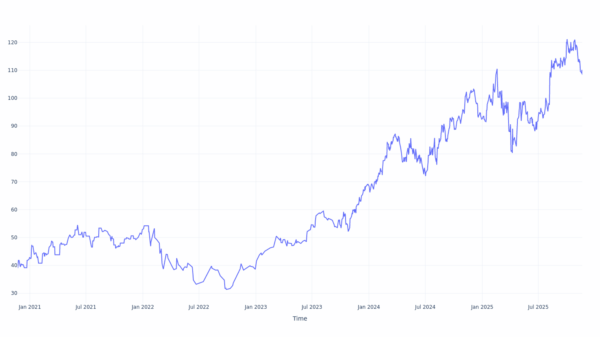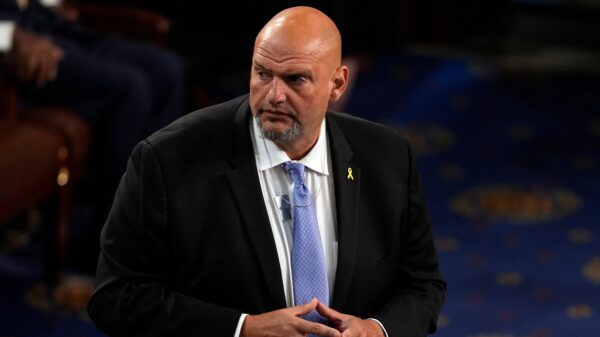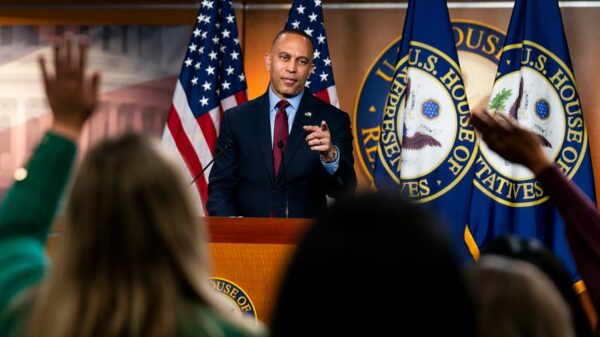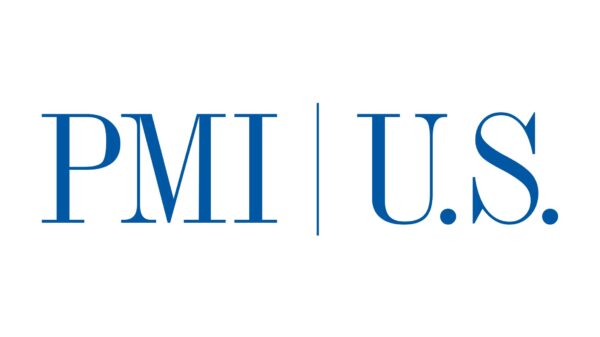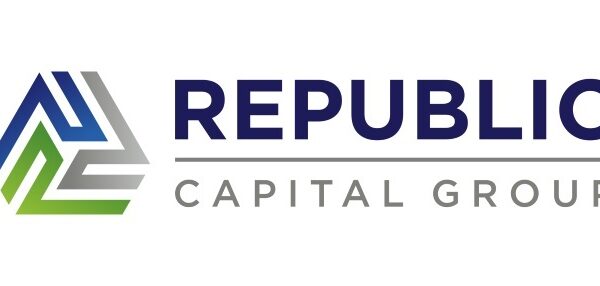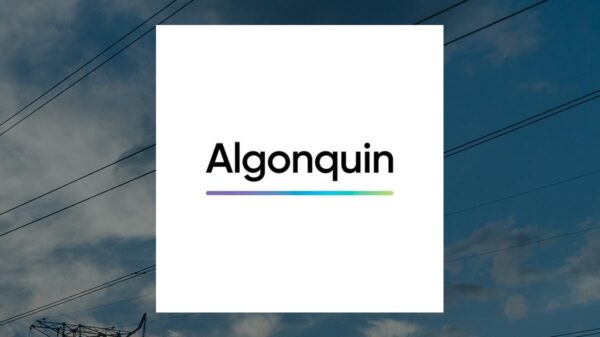Efforts to combat Oklahoma’s literacy crisis intensified this week as officials from the State Chamber advocated for the implementation of a Mississippi-style reading law. This proposed legislation would mandate early intervention for struggling readers and require children to repeat the third grade if they fail to meet basic literacy standards. The urgency of this reform comes in light of alarming statistics from the National Assessment of Educational Progress (NAEP), which revealed that only 23 percent of fourth-grade students in Oklahoma were proficient or advanced in reading in 2024, positioning the state at 49th nationally. In contrast, Mississippi ranks ninth in reading proficiency.
The business community has recognized that sustainable economic growth hinges on a well-educated workforce. Advocates argue that Oklahoma was on track to achieve similar literacy outcomes as Mississippi before opposition from traditional educational forces derailed progress, resulting in what some describe as a lost generation. Between 2011 and 2014, Oklahoma had a reading law akin to Mississippi’s, which is now regarded as a national benchmark. In 2015, Oklahoma’s NAEP scores for fourth-grade reading surged to 222, exceeding the national average. Unfortunately, outcomes began to decline after significant changes were made to the retention law.
By 2024, the average NAEP reading score for Oklahoma students plummeted to 207, indicating that they are now approximately 1.5 years behind their peers from 2014. Some critics of the original reading law argue that its modifications were necessary due to budget constraints amid the oil bust from 2016 to 2018. However, records show that adjustments to the law began in 2014, with no mention of financial savings.
Despite an influx of funding into Oklahoma’s public schools, reading outcomes continue to deteriorate. In the 2023-2024 school year, Oklahoma public schools received $9.6 billion in new revenue, an increase of $3.3 billion from $6.3 billion during the 2017-2018 school year. On a per-pupil basis, funding surged by 51 percent over the same period, reaching $13,736 per student. Critics warn that continuing to fund existing strategies without reforming the approach to reading will perpetuate failure.
Concerns have also been raised regarding potential overcrowding in third-grade classrooms if social promotion is banned. Similar fears were voiced in Mississippi, but those predictions ultimately proved unfounded.
The path forward for Oklahoma is increasingly clear. If the state genuinely aims to improve literacy rates, it must reinstate the Mississippi model of reading reform and commit to maintaining its implementation. As emphasized by Jonathan Small, president of the Oklahoma Council of Public Affairs, the time for decisive action is now.



